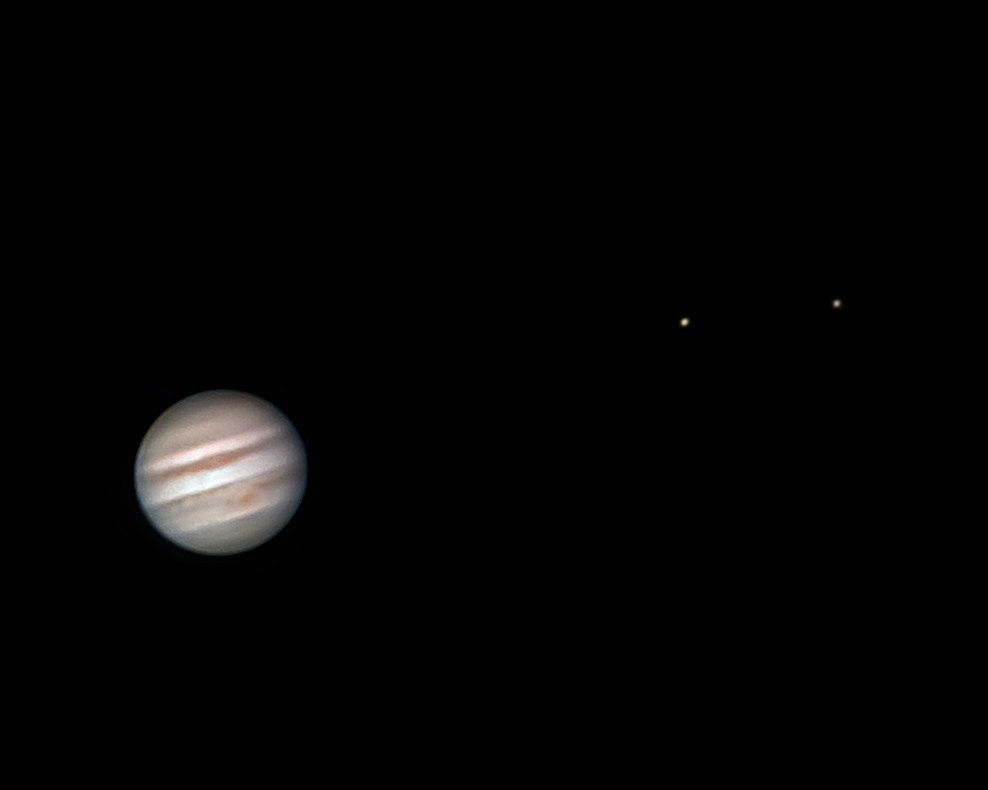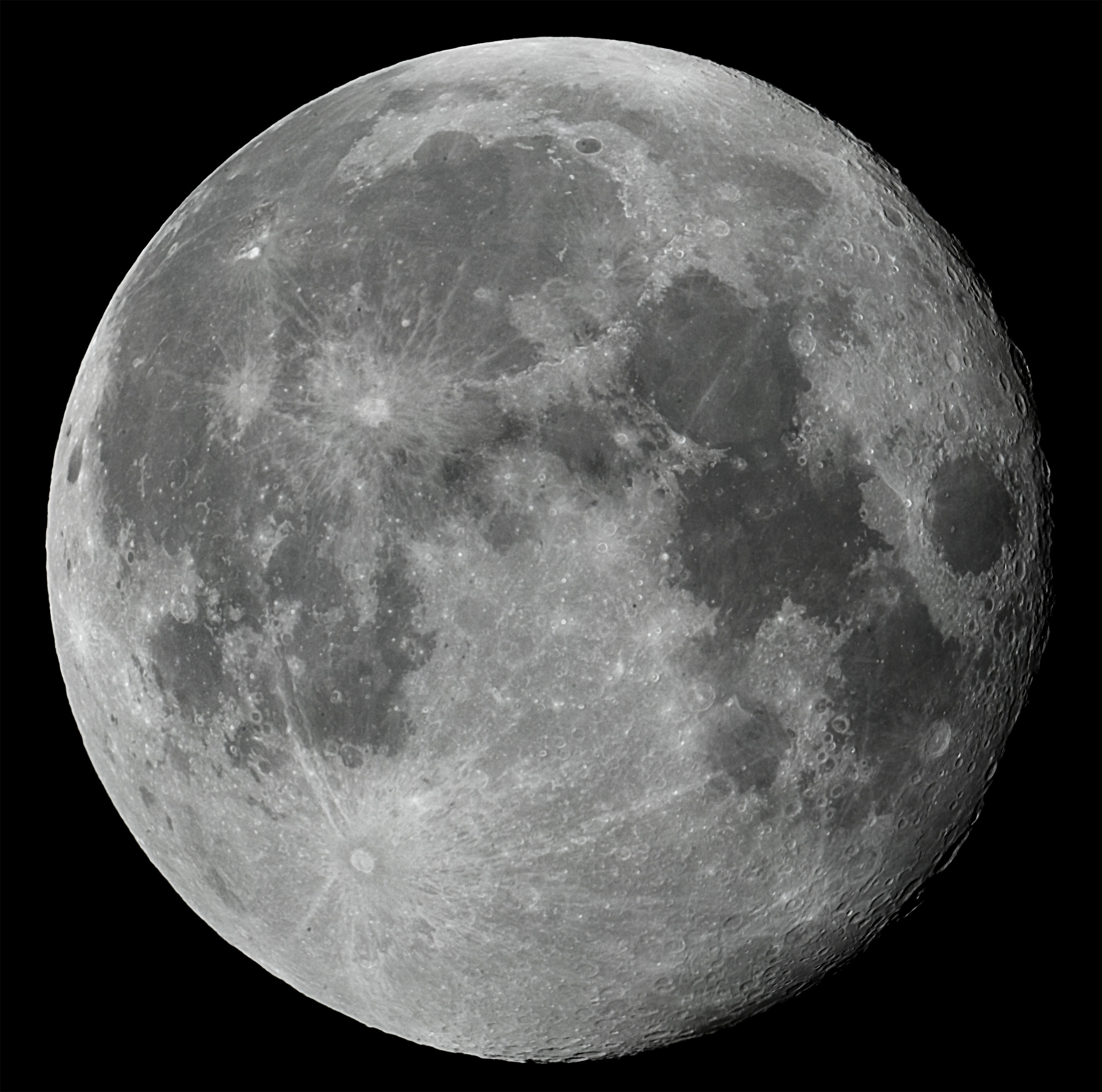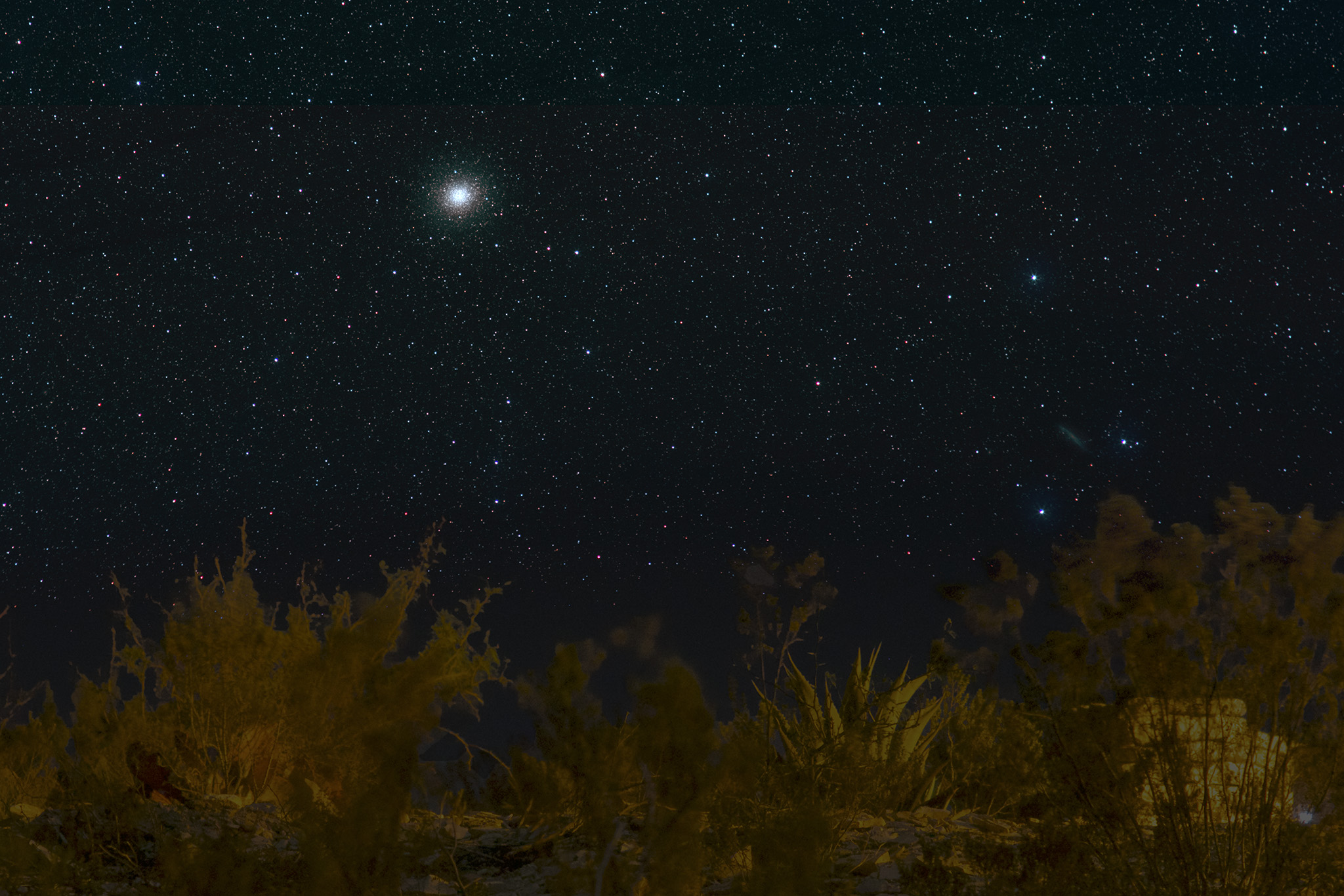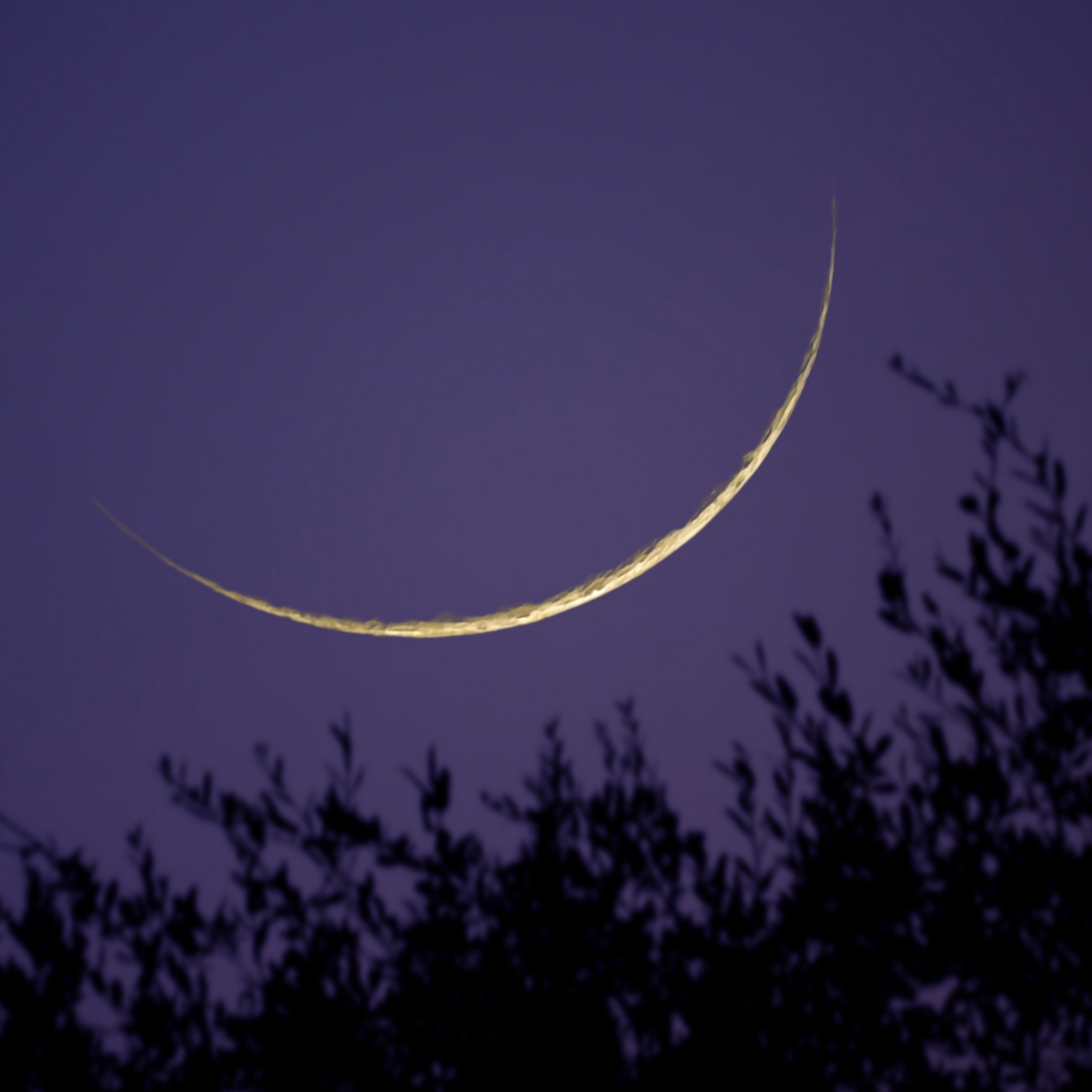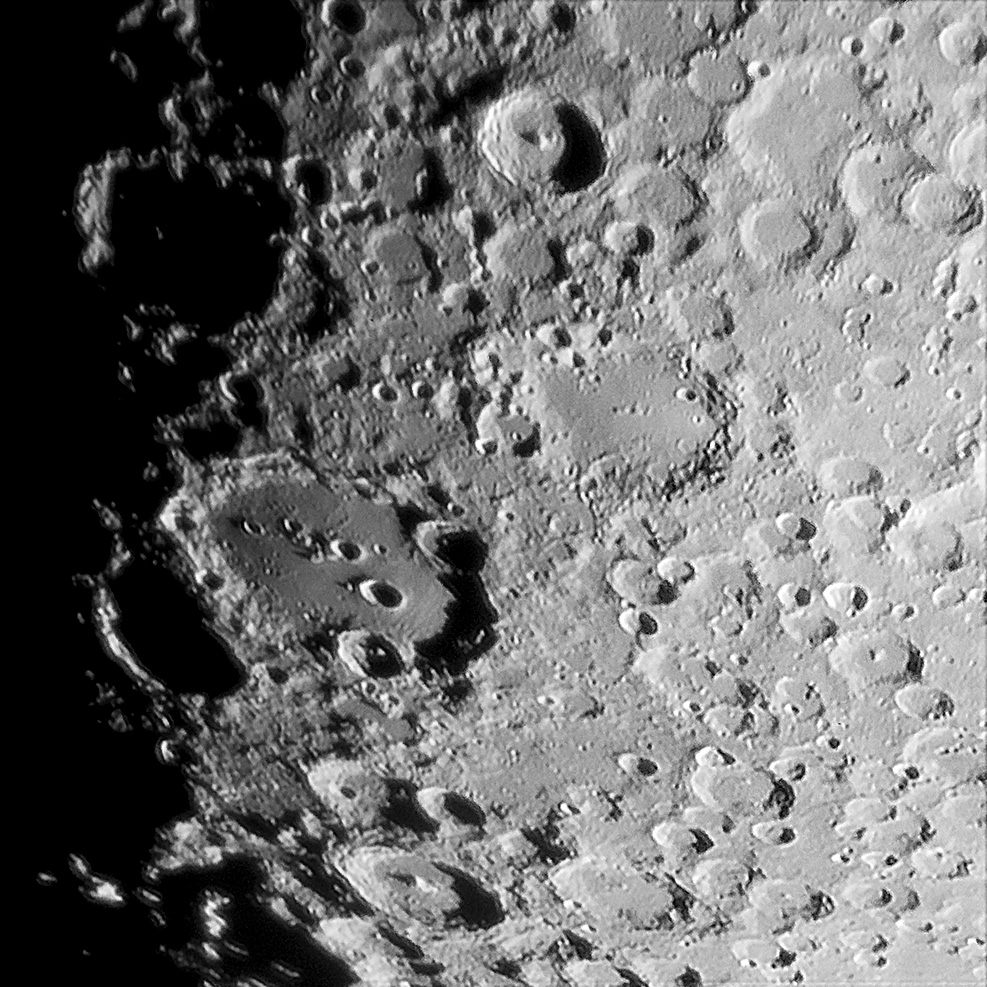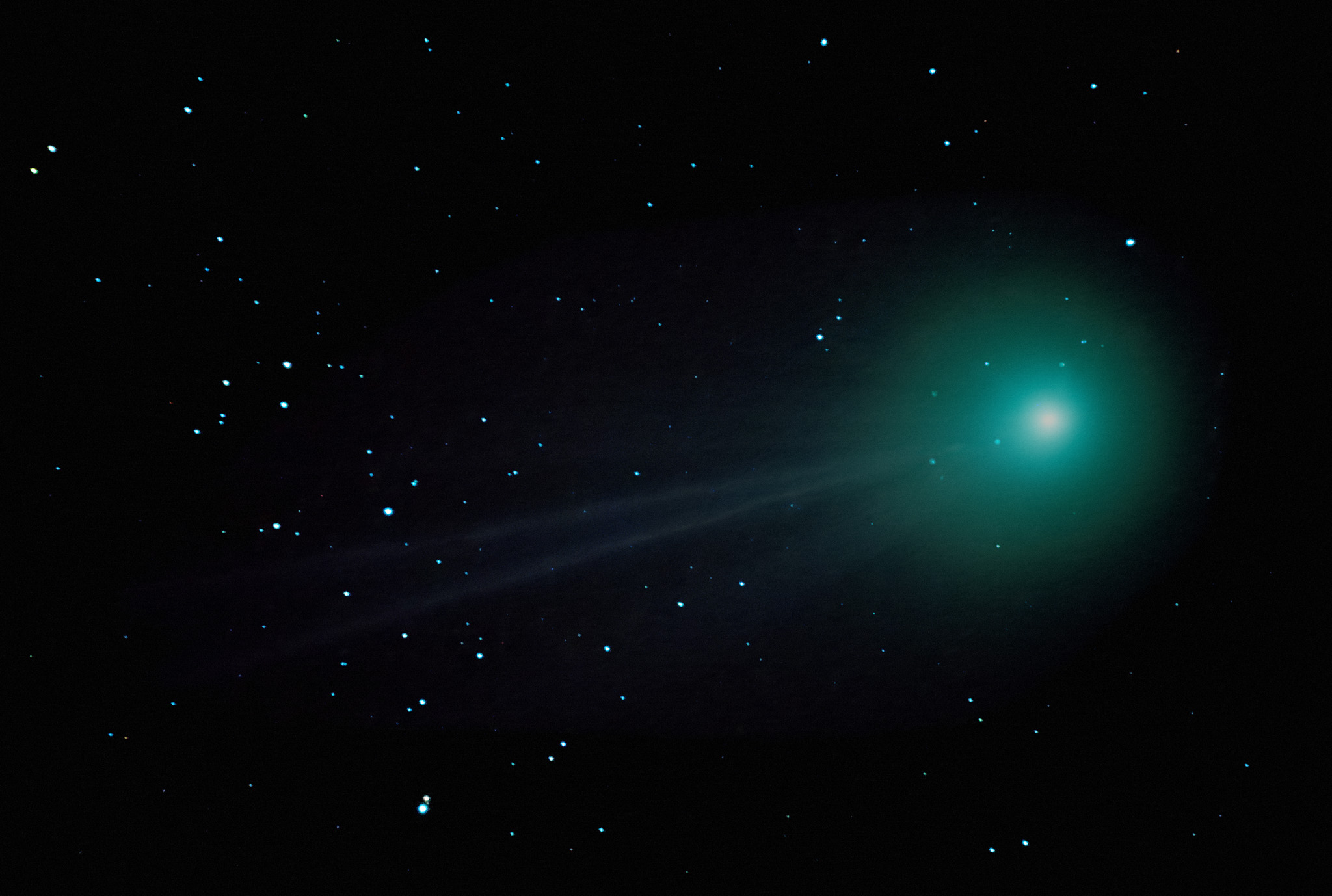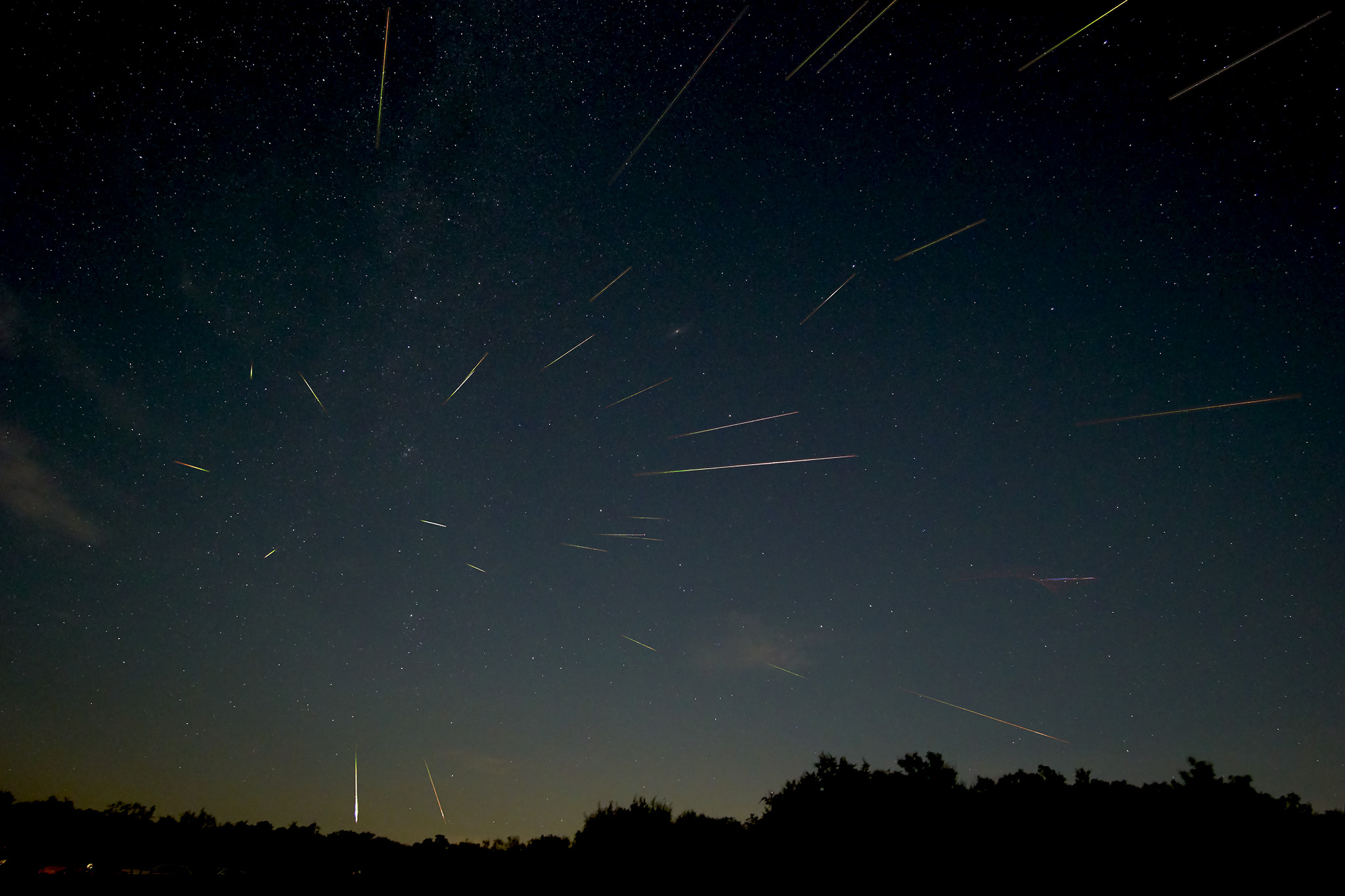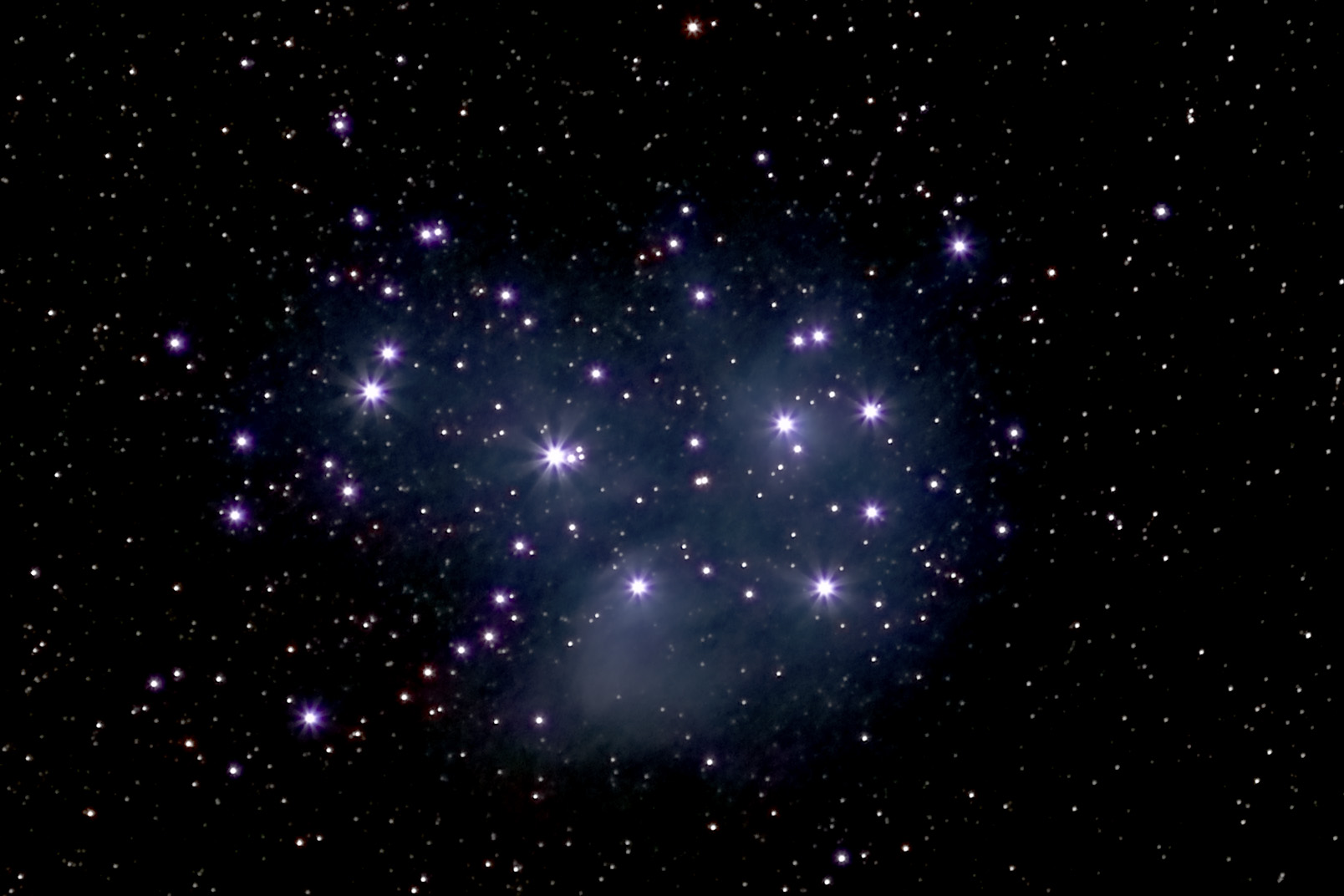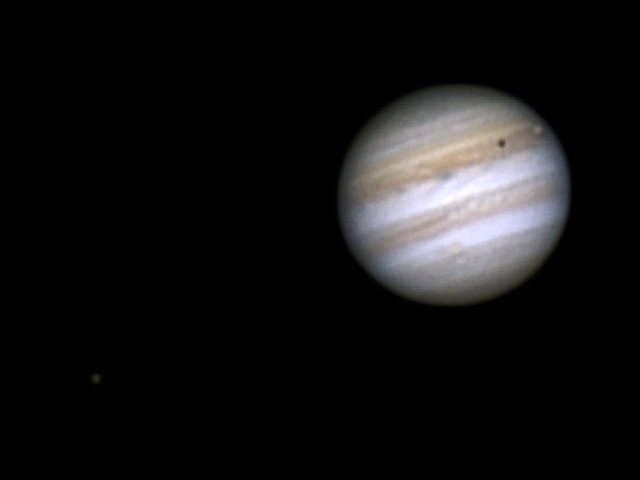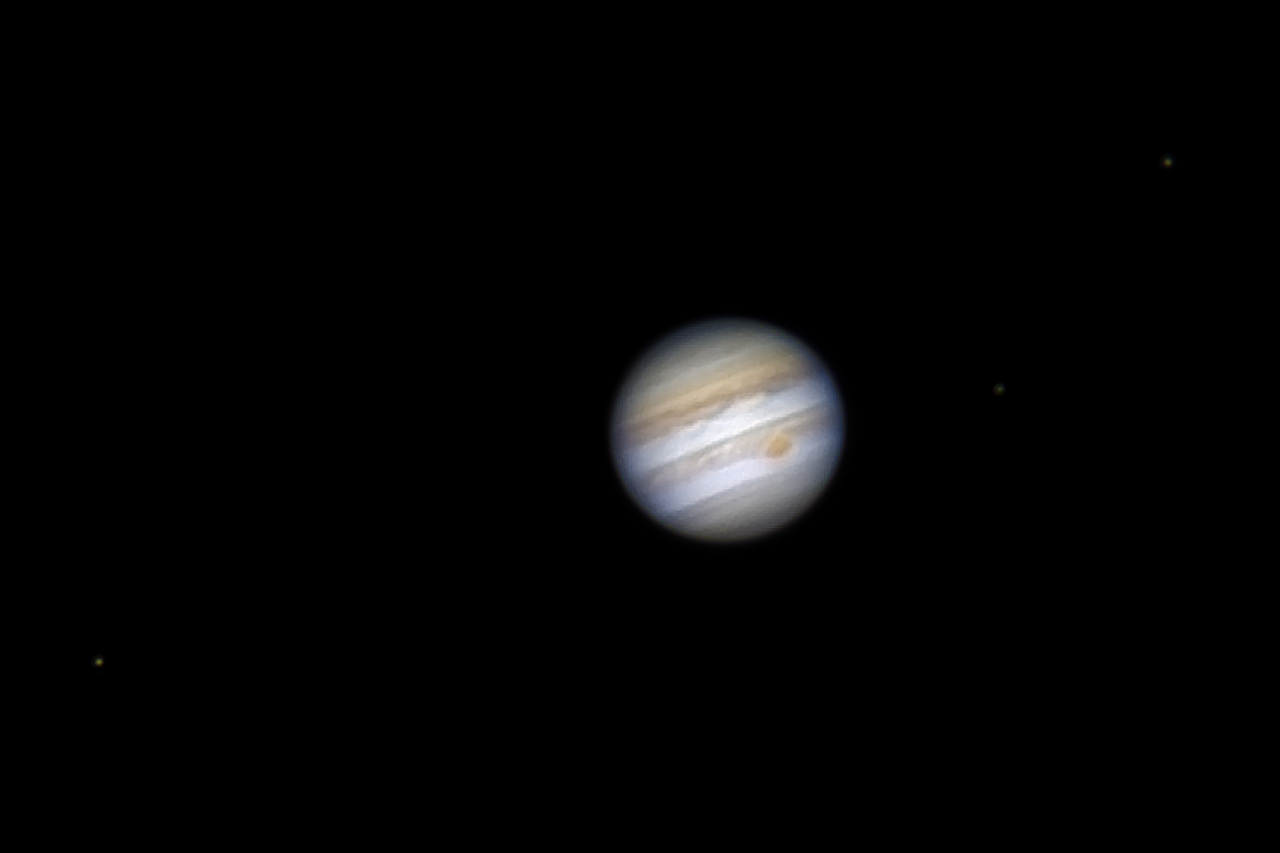- Images
- Blog
- Tools
- Questar
- The Questar telescope
- Questar resource links
- Search for Questar info
- 172mm Focal Reducer
- Afocal adapter for point and shoot camera
- Camera adapter lengths
- Camera adapter threading
- Camera connection
- Camera focusing
- Custom counterweight
- Drift Alignment Joy
- Finder Eyepiece Compatibility
- The Questar Moon 1981
- Questar Powerguide II Battery Life
- Questar Zone, How to Service Videos
- Red Dot finder mount for Questar
- Questar Viewing Table
- Wedge mounts
- White light solar filters comparison
- How to
- Get started in astronomy
- Astro RaspberryPi Camera and kin, the ASIAir and StellarMate
- Blind Smart-phone Equatorial Wedge or GEM Polar Alignment
- Camera phone adapter
- Celestron FirstScope with equatorial tripod mount
- Coat Pocket Astrophotography
- Day-lapse Images of Earthshine on the Crescent Moon
- Dobsonian Carrying Case
- DSO Astrophotography without a Telescope
- DSO imaging without a star tracker
- Estimating image resolution
- Lunar Eclipse Photography
- Moon photography - a dozen ways to shoot the Moon
- Meteor shower photography & planning
- Matching image sensor size to telescope resolution
- Narrow band imaging with color cameras
- Planetary Image Workflow
- Print and Display Astrophotography
- Observing
- Events
- More
- About
- Contact
Cameras
Astro Raspberry Pi
After experimenting with afocal photography on my Dobsonian with an iPhone and my point and shoot camera, I built a Raspberry Pi based camera to use with the Questar. Similar to webcam-like planetary cameras, but not laptop required. The Raspberry Pi computer controlled the camera, captured images, and used a wireless web interface to an iPhone for control and focusing. Unfortunately the several second lag for image display and the lack of focusing aids made focusing difficult. You can learn more about Astro Raspberry Pi camera and about related products..

Here's are sample images taken with the Questar and the Astro Raspberry Pi camera:
The latest RaspberryPi HQ camera module is much improved. I'm experimenting with one. I'm also using a commercial Pi based product the ZWO ASIAir.
Sony NEX-5N
I decided that I wanted a much larger sensor camera with focusing aids. An inexpensive used Sony NEX-5N body fit the bill perfectly and was used for many of the images on this site. Eventually, the differences between the old Sony menu system and the newer menu design used in my other 3 Sony cameras, made it difficult to use this as a backup camera. I've sold it to a better home, but I'll always remember it and the wonderful images it took fondly.

This image was taken with the NEX-5N and a vintage 135mm lens:
These samples were taken with the NEX-5N and the Questar:
Sony a6300
The a6300 is a mirrorless camera, released in 2016. It has an 24MP APS-C CMOS sensor which is very well matched in size and resolution to the capabilities of my Questar 3.5" telescope. After taking lots of images with the NEX-5N I had a good idea of the features that I wanted in my next camera. These features of the a6300 are very important to me:
- mirrorless to minimize size, weight, and vibration
- electronic first curtain shutter to minimize shutter vibration
- wireless IR remote control
- a sensor with low noise and high quantum efficiency to minimize exposure time
- magnified focus highlighting for easy focusing
- fully electronic silent rolling shutter suitable for long time lapse videos at maximum camera resolution
- 1.2:1 near full resolution cropped 4k video mode suitable for stacking wide field of view images of planets and moons
- powered operation while shooting from an external USB power pack for all night shooting
- wireless live view mode for viewing at public outreach
I prefer the a6300 for use with the Questar because of the denser sensor pixel than the a7 iii. The 3.89 micron pixel pitch is almost a perfect match for the Questar. Full disk images of the Moon and the Sun are outstanding with the a6300. With a Barlow lens it does a good job on planetary images, but I prefer the results possible with a good planetary video camera.

This image was taken with the a6300 and the Questar:
This image was taken with the a6300 and a Rokinon 12mm lens:
This image was taken with the a6300 and a 135mm vintage lens:
ZWO ASI120MC / ASI224MC
The ASI120MC is an astronomical one shot color video camera intended primarily for planetary imaging. Compared to my large sensor cameras it trades field of view for video rate acquisition of raw images. It is intended for acquiring thousands of high quality raw images for lucky image stacking in just a couple of minutes.
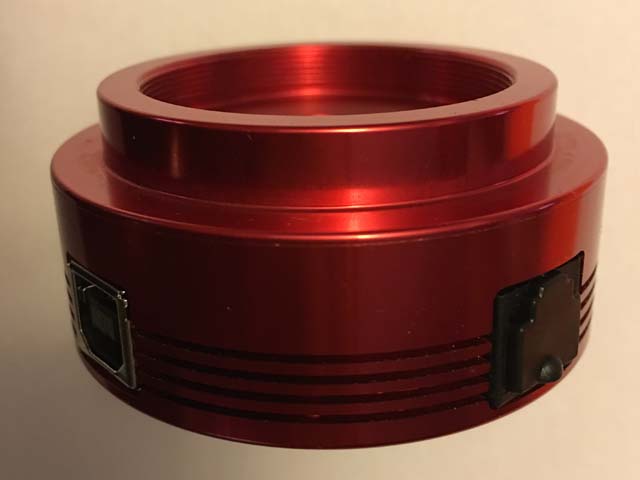
This is my first image of Jupiter and a shadow transit of Io taken with it. You can read more details in my blog entry about the image.
I've replaced the ASI120MC with the similar ASI224MC which offers lower read noise, better infrared sensitivity, and double the frame rate. They both have 3.5 micron pixels which are an excellent match for the resolution of the questar. It's USB 3 port allows higher frame rates and lower noise and larger well capacity give it about 1 stop better dynamic range.
Sony a7 iii
My choice for a full frame camera is the Sony alpha 7 iii. It's back side illuminated sensor with larger pixels has a full stop better performance at high ISO speeds and the full frame sensor can take in twice as much of the sky in one snap.

I use the a7 iii primarily with camera lenses. It works well with vintage manual lenses like the Nikkor ED 300mm f/4.5 lens above. At longer focal lengths I also have a Nikkor ED 180mm f/2.8 and the 1.4x teleconverter for focal lengths of 180, 250, 300, and 420mm. For shorter focal length nightscape shots I have the Samyang 14mm f/2.8 and Pentax K 28mm f/3.5. With the Questar telescope, this full frame camera can capture the widest field of view possible. Its full frame sensor has a 5.91 micron pixel pitch and the some 24MP digital image resolution as the a6300.
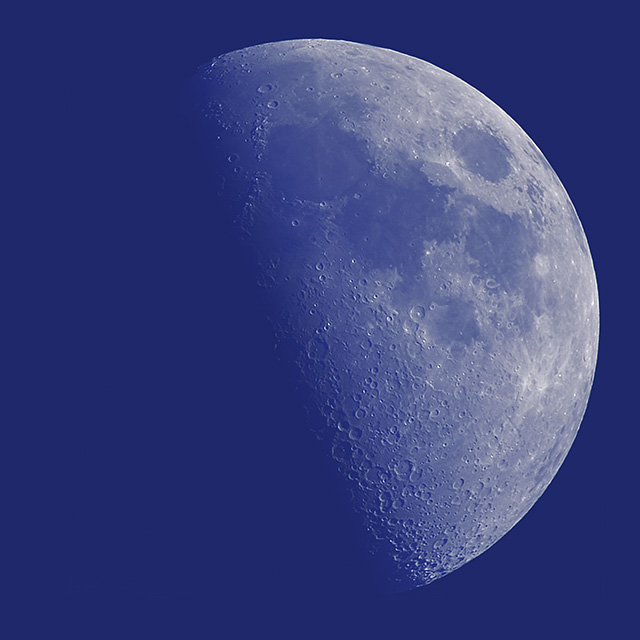
This daylight first quarter Moon was taken with the Sony a7 iii, Nikkor 300m f/4.5, and 1.4x teleconverter as pictured above.
ZWO ASI533MC Pro
This is my first cooled astrophotography camera which can capture the deep red light from the Hydrogen alpha line. This very low noise camera will be useful for both deep sky and planetary imaging with both short and long focal length telescopes. The wider field of view of this 10MP 1" class sensor will capture the far flung moons of Jupiter and planetary conjunctions.
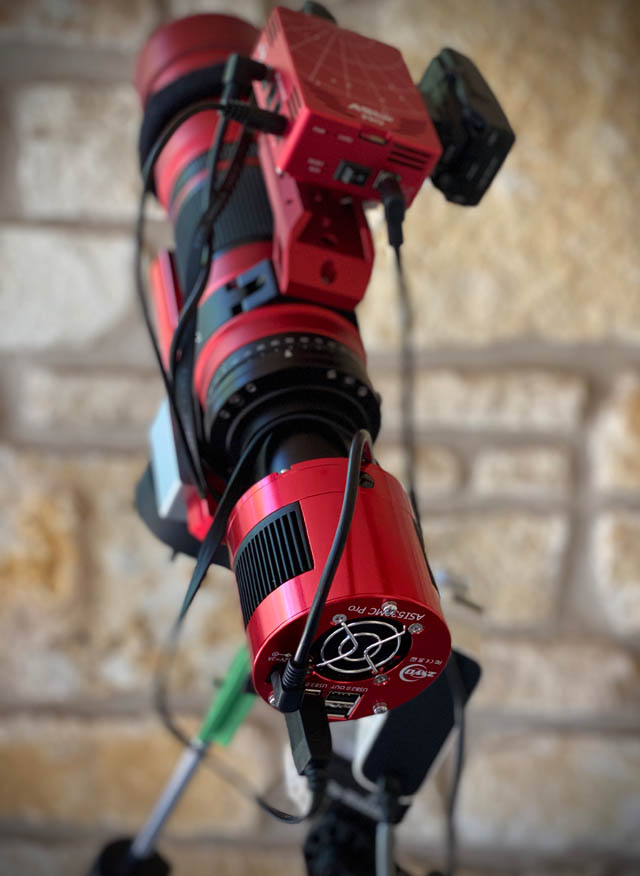
First light image with the ASI533MC Pro, ASIAir, and William Optics RedCat 51:
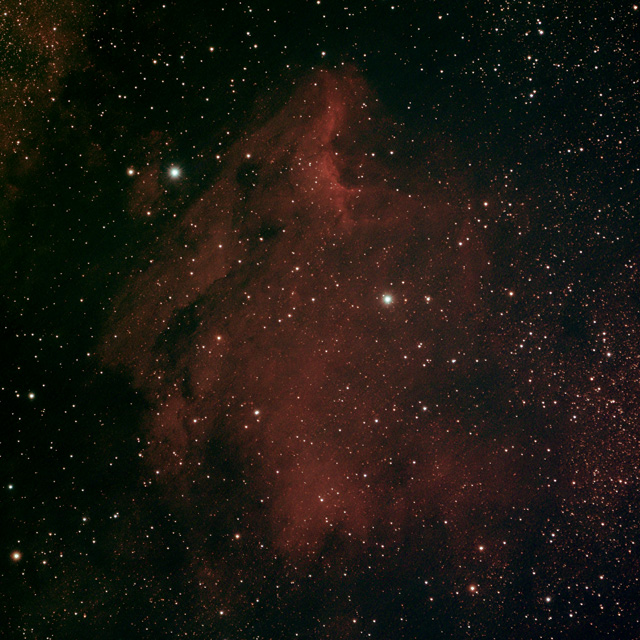
Content created: 2015-05-18 and last modified: 2020-08-06
Comments
![]() Submit comments or questions about this page.
Submit comments or questions about this page.
By submitting a comment, you agree that: it may be included here in whole or part, attributed to you, and its content is subject to the site wide Creative Commons licensing.
